1. Riding in the Back of a Station Wagon Without Seatbelts
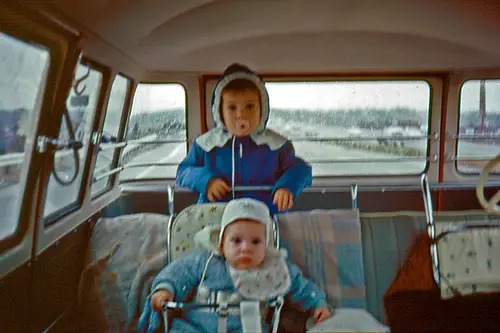
Back in the ’70s, if your family had a wood-paneled station wagon, chances are you spent long road trips rolling around in the back like it was your own personal playroom. There were no seatbelts, just a flat carpeted area where you could stretch out, play with toys, or face backward and make faces at the drivers behind you. It felt like freedom, but looking back, it was a highway hazard. Slamming on the brakes could send kids flying says Your AAA Network.
Parents didn’t think twice about it—after all, you were still “in the car.” Today, safety regulations require all passengers to be buckled in properly, and most cars don’t even come with a rear-facing back anymore. It’s wild to think how casual we were about car safety then. Those long drives may have been more fun, but definitely not more safe adds History.com.
2. Drinking Directly from Mountain Streams
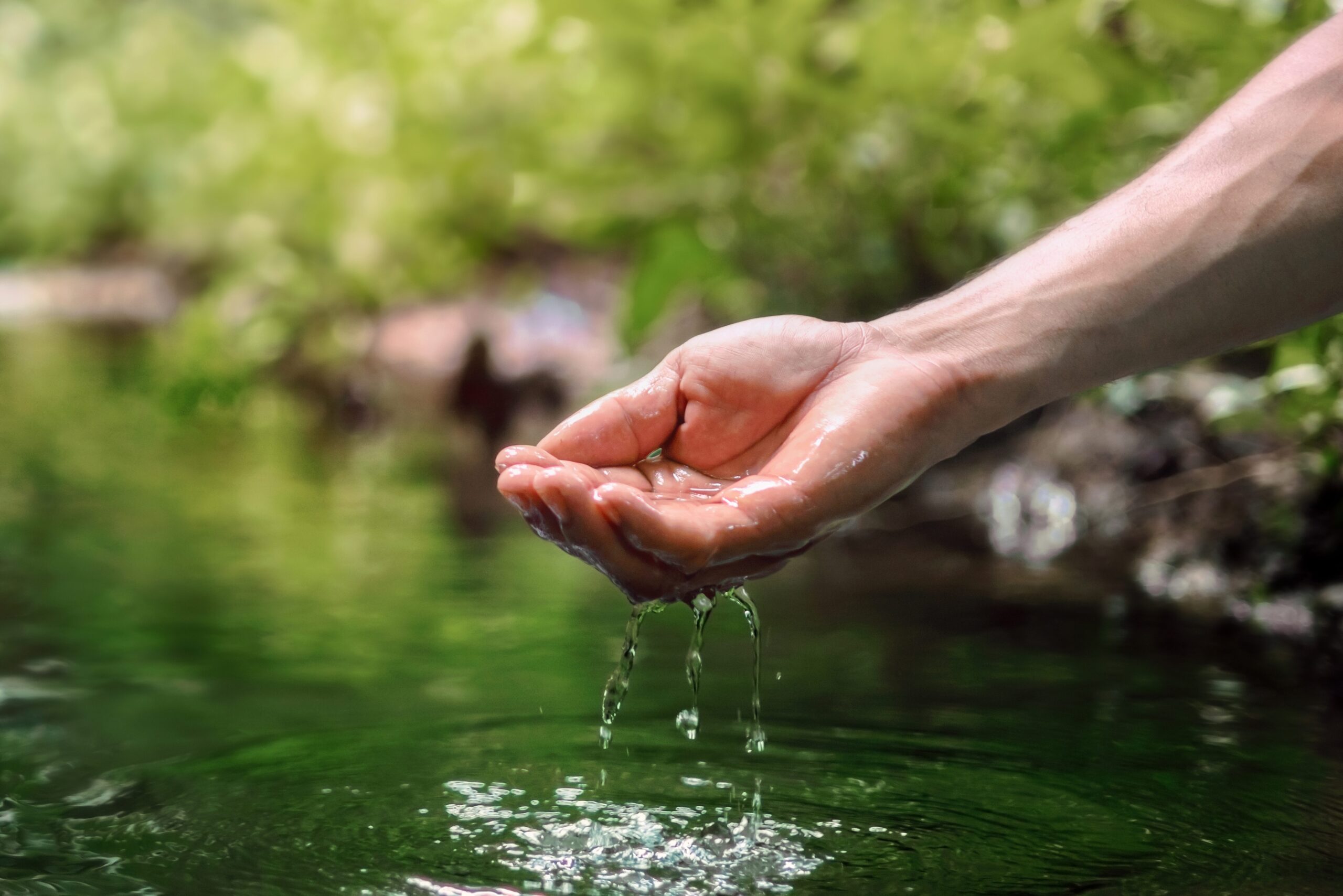
If your family took camping trips, you probably remember someone scooping cold water straight from a babbling brook. It tasted fresh and natural, and no one thought twice about where it came from. In the ’70s, the general belief was that if it came from nature, it had to be safe. But now we know that even the clearest streams can carry harmful bacteria and parasites says Backpacker Magazine.
Giardia and other waterborne illnesses can turn a peaceful vacation into a trip to the ER. Today’s campers carry water filters, iodine tablets, or just bring bottled water. It’s kind of sad to think the “pure mountain stream” experience is gone, but safety comes first. Still, there’s something nostalgic about the trust we used to have in nature adds University of Utah Health.
3. Letting Kids Roam the Campground Alone
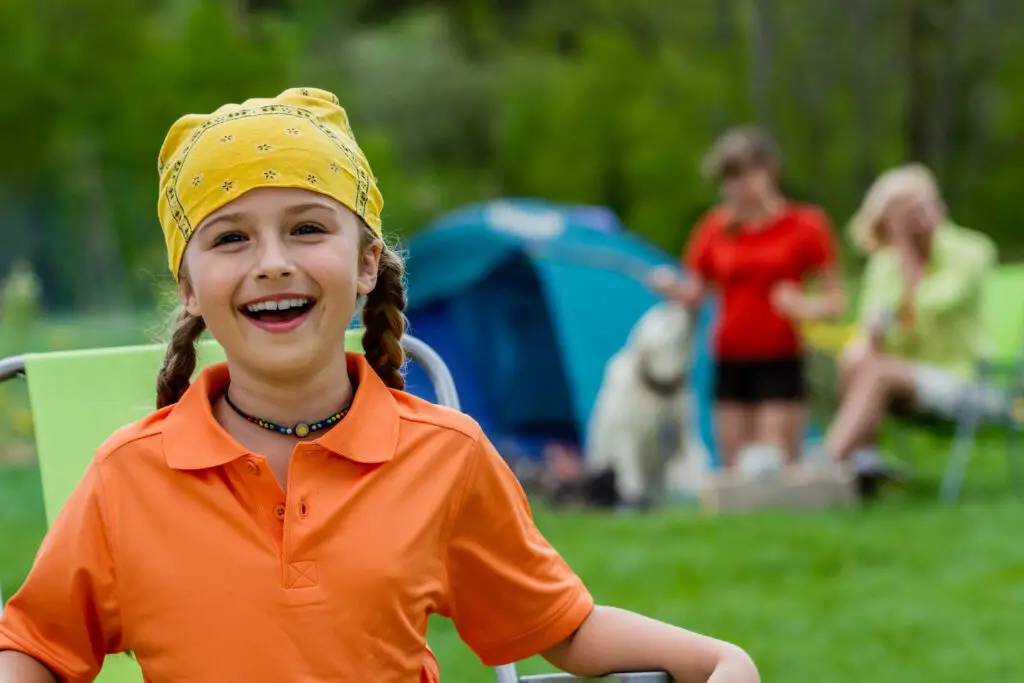
It wasn’t unusual for parents to send the kids off after breakfast and not see them again until dinner. Whether it was hiking the trails, finding frogs near the lake, or just riding bikes around the campground, kids were on their own. Parents figured as long as everyone came back in one piece, it was fine. There was a real sense of independence.
But now, the idea of letting kids disappear into the woods without supervision is enough to give most parents a panic attack. Between wildlife, strangers, and natural hazards, it’s not considered safe anymore. Today’s kids are more likely to explore within view or with a walkie-talkie in hand. Back then, we just had to be home before the mosquitoes got too bad.
4. No Life Jackets on Boats or Docks
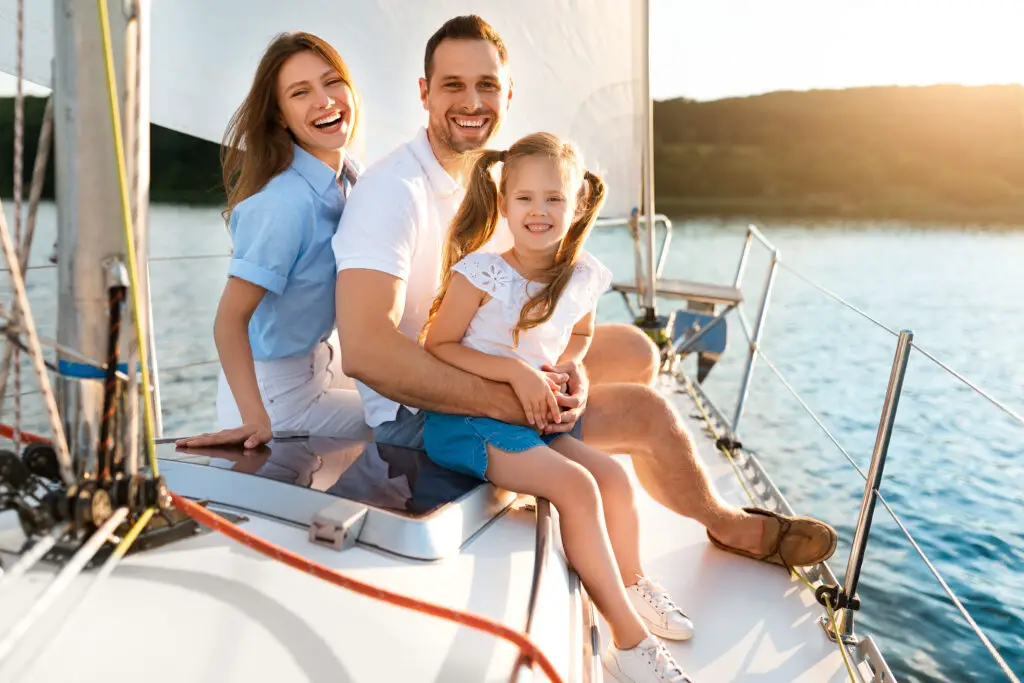
Lake vacations were a summer staple, and half the fun was swimming or boating without bulky safety gear. Life jackets? Maybe for the littlest kids, but once you hit age six, it was sink or swim—literally. Teens would pile into rowboats, paddle into the middle of the lake, and dive off with zero concern. It felt adventurous, and no one wanted to be the only kid in a vest.
These days, most lakes require life jackets for all minors, and even adults are encouraged to wear them. Drowning is the leading cause of accidental death for kids, and many tragedies could’ve been prevented with proper gear. It’s not about ruining the fun—it’s about making sure everyone comes back safely. But boy, did we feel invincible back then.
5. Cooking Over Open Flames Without Supervision
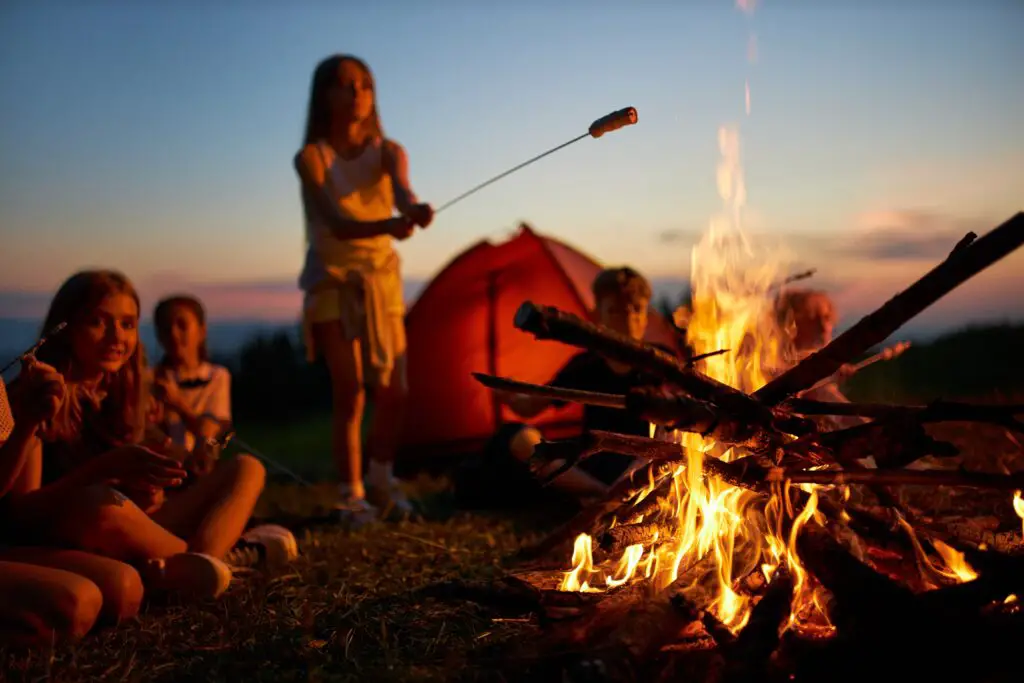
Campfires were the heart of any camping trip. Whether you were roasting marshmallows, flipping burgers, or making foil packet dinners, the open flame was part of the experience. Kids were handed pokers and told to roast their hot dogs carefully—but usually with zero adult watching closely. Fire safety wasn’t a huge concern unless someone actually got burned.
Nowadays, most parks have strict rules about who can be near the fire and when. Kids are often kept at a distance, and there are clear guidelines on how to build, tend, and extinguish a fire. Back then, it was more of a “light it and hope for the best” situation. It’s a wonder more of us didn’t set our shoes or sleeves on fire.
6. Hitchhiking for Fun or Convenience

Believe it or not, some families saw hitchhiking as a practical travel tool. If Dad dropped the rest of the family off at a trailhead or beach and needed to get the car, he might stick out a thumb and catch a ride. Sometimes even teens were allowed to hitchhike short distances. It was seen as resourceful, not risky.
Today, most parents wouldn’t dream of letting their kids into a stranger’s car. Hitchhiking is considered too dangerous, with stories of abductions and assaults making headlines over the years. The trust people had in others during the ’70s is hard to imagine now. Sure, it made vacations easier in some ways—but at what cost?
7. Sleeping in Cars Overnight at Rest Stops
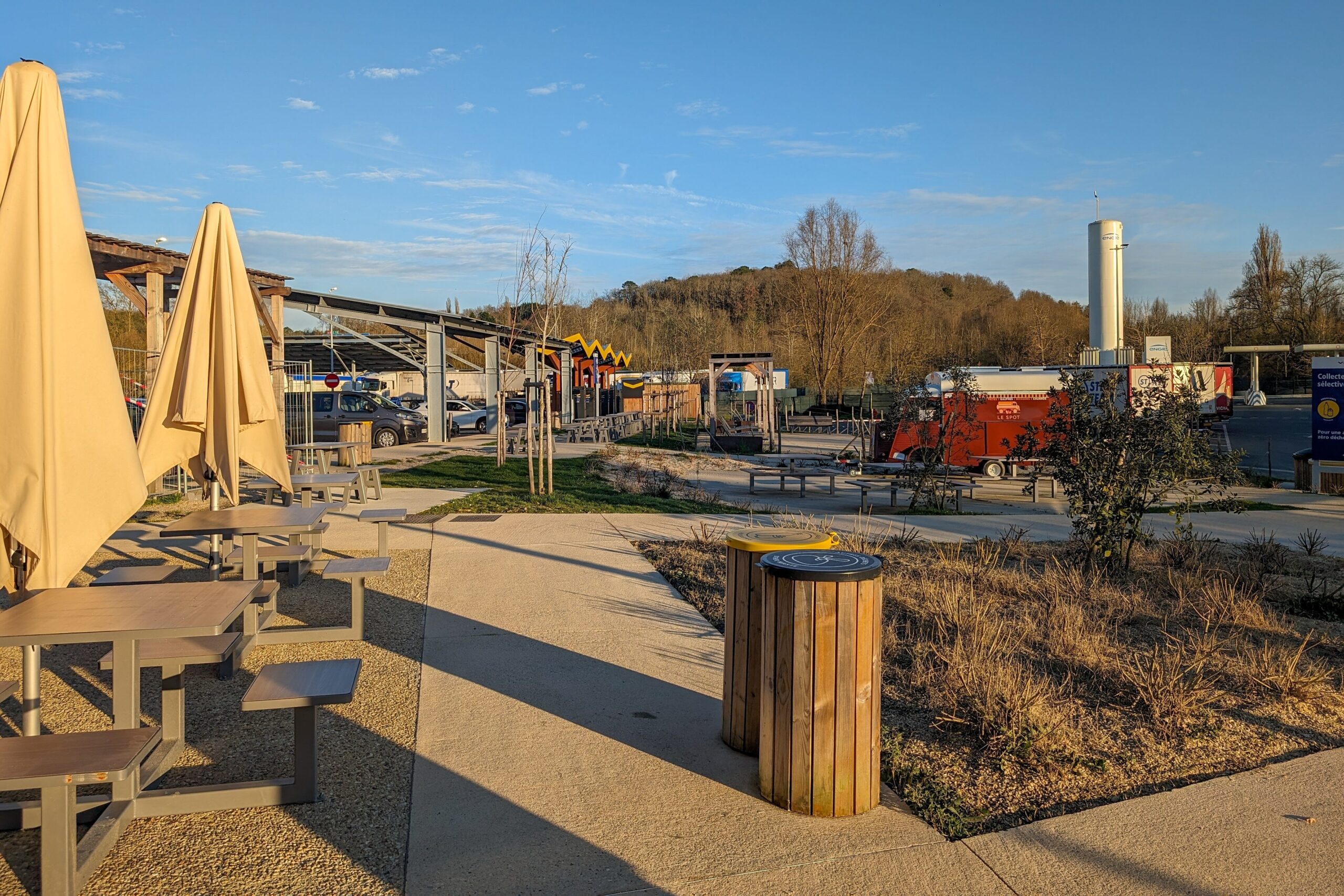
Road trips were long, and sometimes families just pulled into a rest stop and slept in the car. No hotel, no campground, just reclining the seats or stretching out in the back. It was free and easy—and totally unprotected. The idea was that with the doors locked, you were safe enough.
Today, most travel experts warn against sleeping in your car at highway stops. They’re considered risky due to crime or even carbon monoxide buildup if you leave the car running for heat or AC. People now prefer well-lit campgrounds or monitored parking areas. It’s just one more example of how carefree ’70s travel really was.
8. Sunbathing Without Sunscreen
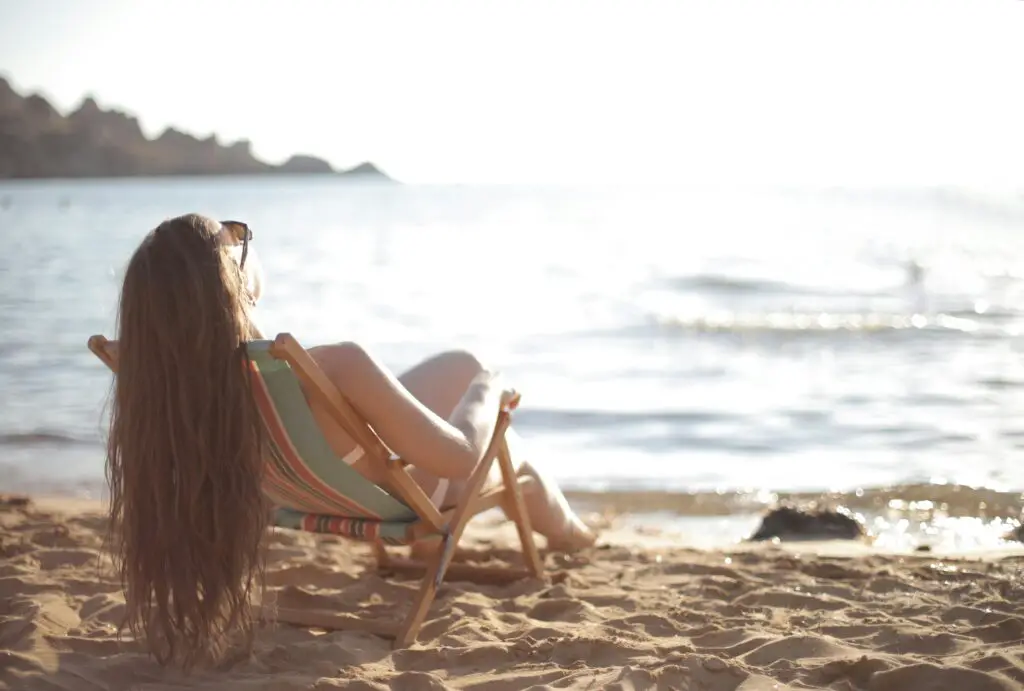
Beach days in the ’70s meant hours in the sun, often slathered in baby oil to get a better tan. Sunscreen wasn’t widely used, and if it was, it probably had an SPF of 4. Burning was considered part of the tanning process—just a step on the way to that golden glow. Skin health wasn’t top of mind.
Now we know just how dangerous that was. Skin cancer rates have climbed, and dermatologists stress daily sunscreen use. Parents today don’t let their kids play outside for more than 10 minutes without SPF 50 and a hat. In the ’70s, the only thing we worried about was tan lines.
9. Letting Strangers Babysit at Hotels or Resorts
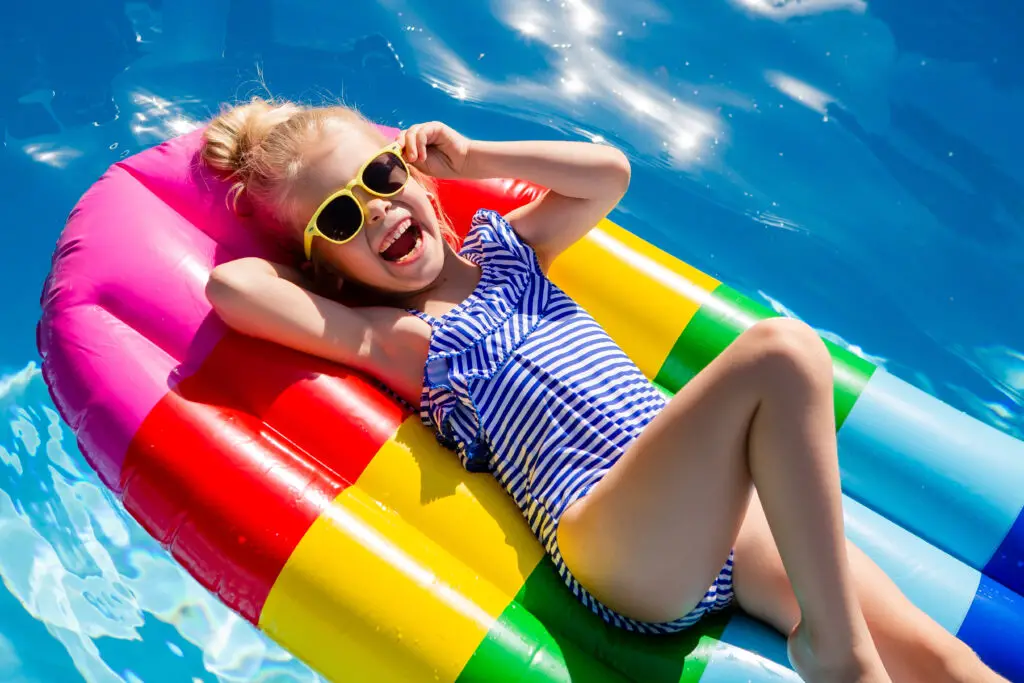
Some hotels used to offer “kids clubs” or would just pair your child with a friendly staff member so you could enjoy a night out. Parents didn’t ask too many questions. As long as someone seemed nice and had a name tag, they were trusted. Babysitting services were often unlicensed and unchecked.
Today, we want background checks, credentials, references—you name it. Leaving your child with a stranger, especially on vacation, is a much more serious decision now. Back then, the mindset was more relaxed and trusting, but we know better now. Safety standards have definitely caught up with common sense.
10. Riding Bikes Without Helmets Anywhere

Bike rides were a must on family vacations, especially in beach towns or campgrounds. And helmets? Not even a thought. You’d hop on with your swimsuit still wet and your flip-flops barely gripping the pedals. It was pure joy—until someone hit a bump and landed on their head.
Now it’s hard to find a kid on wheels without a helmet strapped on tight. Studies have shown how effective helmets are at preventing head injuries, and most states have laws in place requiring them. It’s one of those changes that makes you wonder how we ever got by without them. Still, there was something fun about feeling the wind in your hair—literally.
11. Playing on Questionable Motel Playgrounds
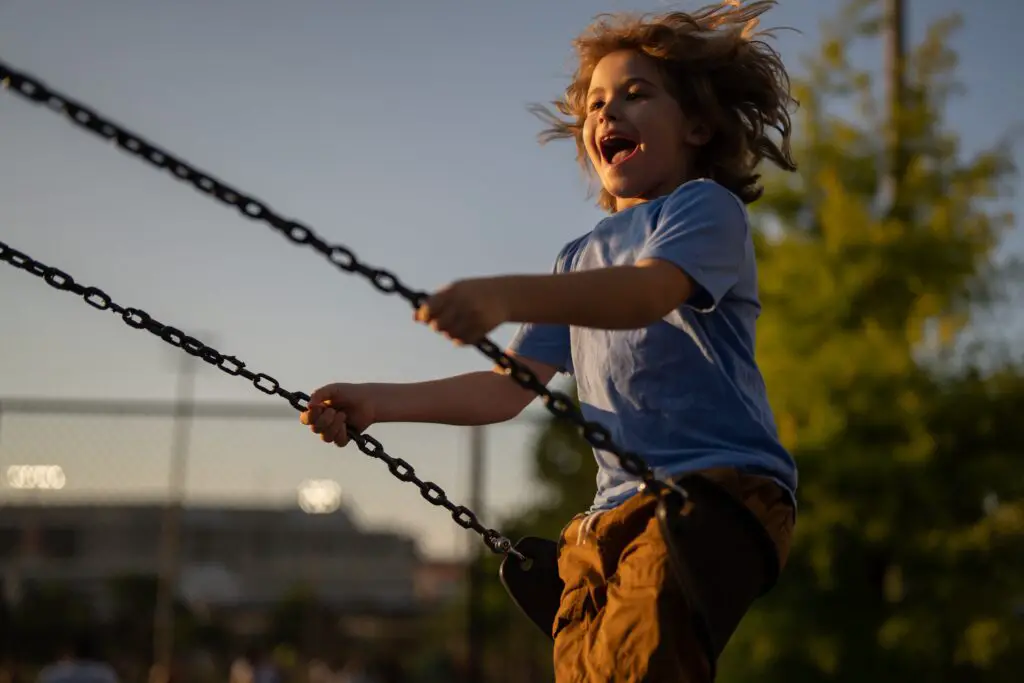
Many budget motels boasted tiny playgrounds—usually a rusty slide, one creaky swing, and a metal jungle gym that baked in the sun. These were rarely inspected, often placed on asphalt or gravel, and missing the kinds of padding we expect today. But to us kids, they were paradise after a long drive.
Parents were just happy we had somewhere to burn off energy. Today’s safety regulations require softer ground coverings, stable equipment, and routine checks. Those motel playgrounds were like little danger zones in disguise. Still, we survived them—and maybe a few tetanus scares.
12. Eating Anything Found in Nature

Berry-picking on hikes was a pretty common thing. If it looked like a blueberry, it probably was, right? There wasn’t a lot of concern about poisonous plants or the fact that animals may have gotten to them first. Kids were encouraged to explore and “live off the land” a bit.
Today, that would be a no-go. Parents worry about toxins, pesticides, and proper identification. Guides even warn against foraging unless you’re trained in plant recognition. In the ’70s, we kind of relied on guesswork and crossed fingers—and thankfully, it usually worked out.
13. Letting Kids Swim Without Adult Supervision
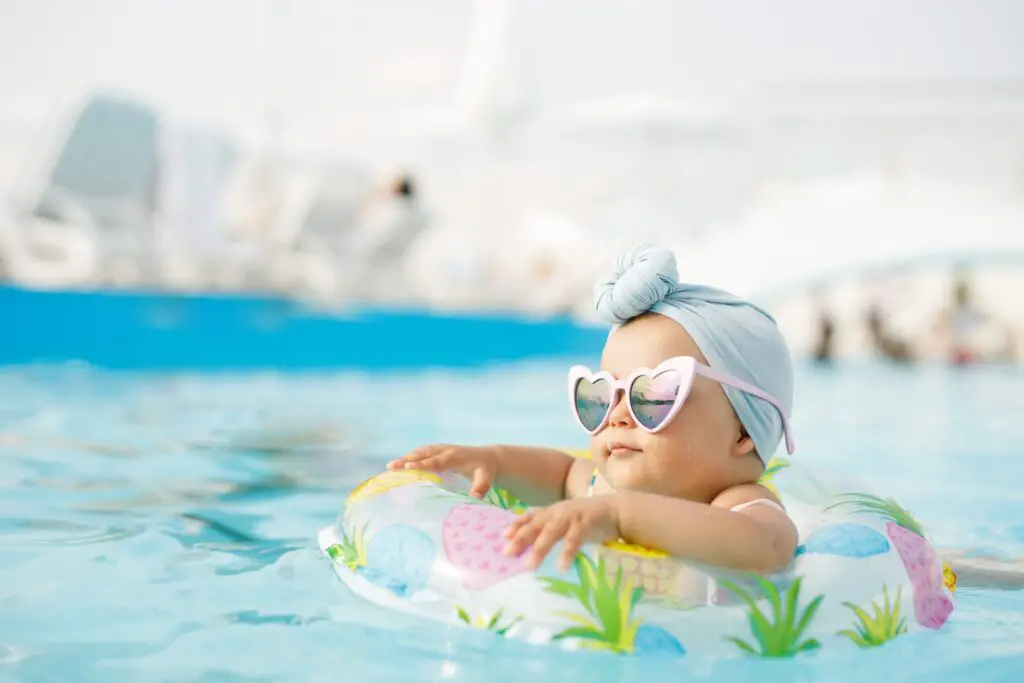
If your motel had a pool, you were probably allowed to go swimming while your parents unpacked or napped. There might’ve been a lifeguard—but often, it was just you and your siblings doing cannonballs. Floaties were optional, and depth markers were more like suggestions.
Nowadays, there are strict guidelines on water safety, especially for young swimmers. Adults are expected to stay within arm’s reach, and many pools have no-swim rules without a lifeguard. It’s hard to believe how casually we treated pool time back then. But it was the norm—and part of what made those ’70s vacations so memorable.
